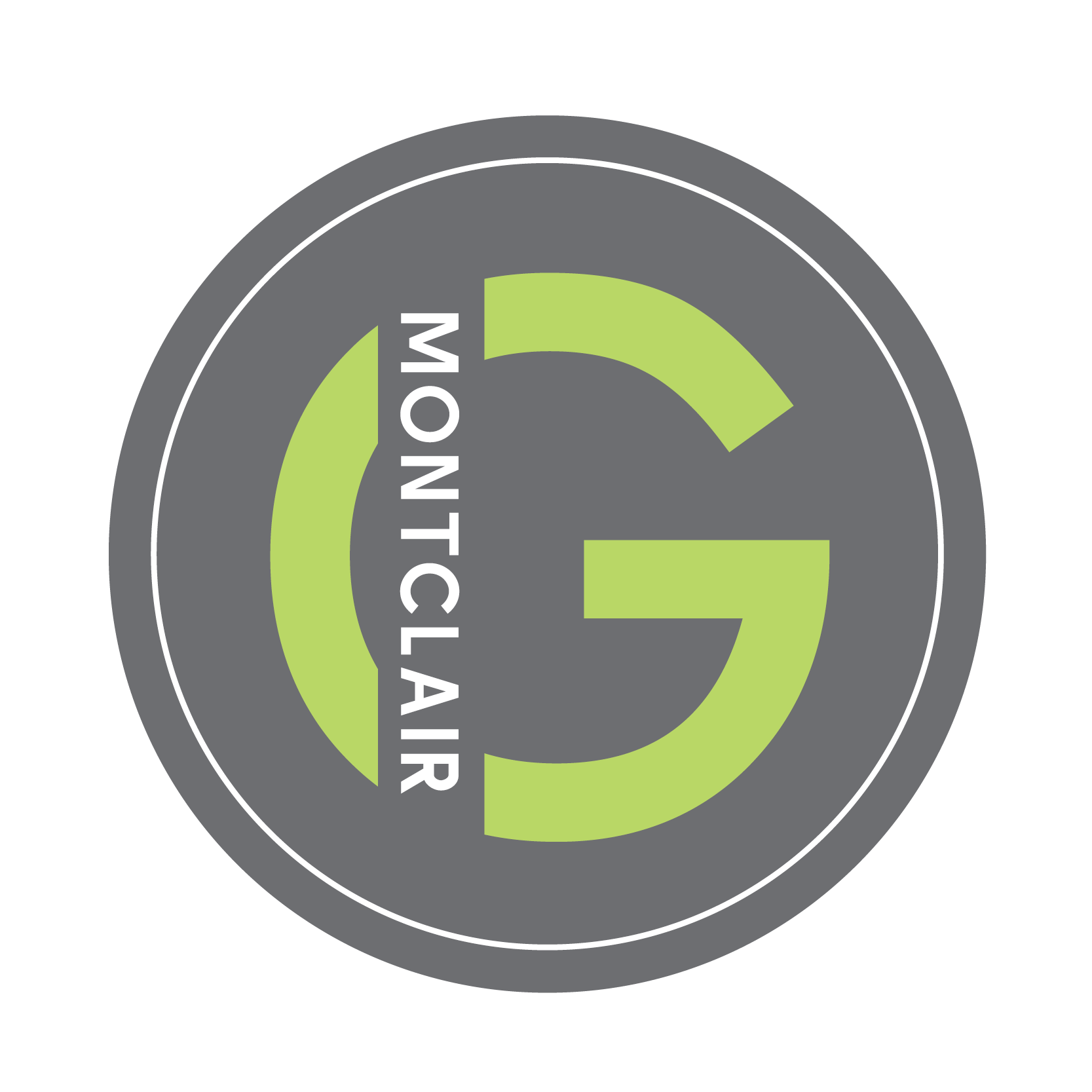Thomas Edison is known for his many inventions, prolific number of patents, and countless quotes about success and the value of experimenting. The laboratory where he made some of his most consequential discoveries is right here in New Jersey. While Edison was born and raised in Ohio, he spent the second, and most productive, half of his life in the Garden State. Edison’s home, called Glenmont, and laboratory are now part of the National Historic Park system and have been turned into a museum about Edison’s life and inventions. The phonograph, the silent movie, and the alkaline battery were some of Edison’s discoveries that took place on this site. The Montclair Girl took a look at the Thomas Edison National Historic Park, located at 211 Main Street, West Orange. Read on to learn more about this creative figure and how to visit his home and laboratory.
About Thomas Edison
On February 11, 1847, Thomas Edison was born in Millian, Ohio. He was the seventh and last child of Samuel Edison, Jr., and Nancy Elliot Edison. Although he was one of seven siblings only four survived into adulthood.
After his birth, Edison’s family moved to Port Huron, Michigan, which is where he spent most of his childhood. Edison had very little formal schooling, he was taught mainly by his mother who was a former school teacher. But he was always curious from a very young age and began creating experiments at home. When he was 12 years old Edison developed hearing loss and eventually went completely deaf in one ear. Later in his life, Edison credited his deafness as an asset to avoiding distractions while working.
Edison worked several different jobs in his early career from selling candy, fruits, and newspapers at the trains that would come into Port Huron. At 19, he moved to Louisville, Kentucky, where he worked for the Western Union. Edison preferred the night shift so he could spend his time reading and experimenting. This ultimately led to Edison getting fired when one of his experiments leaked down through the floorboards and onto his boss’s desk.
Shortly after this in 1869 Edison filed his first patent which was for a voice recorder, unfortunately, the product was not popular and did not bring Edison much money. He then moved to New York City where he and his mentor Franklin Leonard Pope created their own company and developed a multiplex telegraph system that could send two messages at once.
It was after this sale that Edison set up his Menlo Park laboratory. His lab is often credited as one of the first institutions set up with the specific purpose of producing constant technological innovation and improvement. It was at this lab where some of Edison’s most well-known inventions were created including the phonograph, carbon telephone transmitter, and the incandescent lightbulb. Edison worked out of his Menlo Park laboratory from 1876–1886.
Read More: Ford Mansion: A Key Piece of NJ History in Morristown
About Glenmont
After the death of his first wife in 1884, Edison moved from Menlo Park to West Orange. The mansion known as Glenmont was purchased in 1886 as a wedding gift to his second wife Mina. This is the home and laboratory that has now been turned into a museum by the National Park Service.
It was here that Edison, Henry Ford, and Harvey Firestone pulled together $75,000 to create the Edison Botanical Research Corporation. This research lab’s main purpose was to find a native supply for rubber in America as Edison had become concerned about the U.S.’s reliance on foreign rubber sources as World War I began. Eventually, Edison tested 17,000 plant samples before he found something suitable: a Goldenrod plant.
During his time in West Orange, Edison also worked on creating a commercially available fluoroscope, an early X-Ray machine. He also invented an early motion picture camera called the kinetoscope, and a version of the rechargeable battery.
Edison was working on projects and trying to improve his previous inventions up until his death in 1931. Edison is believed to have died from complications from diabetes, and he died in his home on October 18, 1931.
About the Museum
The Thomas Edison Laboratory Complex is located at 211 Main Street West Orange. It features displays in Edison’s mansion, Glenmont, his laboratory, and the gardens surrounding the property.
The museum is the largest single body of Edison-related material on display and is estimated to have over 300,000 items available to view. The Glenmont mansion is a 29-room mansion and is decorated in the style of Edison’s time. Inside Glenmont, visitors will find homey touches of the Edisons like their china collection, household linens, books, home receipts, and photographs.
The laboratory features displays of scientific equipment and machinery, office and library furnishings, as well as displays of some of Edison’s inventions including the phonograph, electrical lighting equipment, and early motion picture cameras.
See More: Yoo-Hoo Was Created Right Here in New Jersey
Planning a Visit
When visiting the museum complex visitors must stop at the Visitor’s Center in order to purchase tickets to enter. The entrance fee is $15 for all visitors ages 16 and older. Children under 16 are free. The museum only accepts credit or debit cards as payment.
The spring season begins on March 12, 2022, and the complex is open from Friday to Sunday from 10AM to 4PM. During the spring and summer months, tours of the gardens and grounds are available as well.
On Saturdays, the Glenmont Garage is open, where visitors can see Edison’s collection of vehicles including steam and electric-powered cars as well as his own garage-related inventions to maintain the vehicles.
For more information on how to visit the Thomas Edison Museum and to keep up with special events visit the website here. The Museum is on Facebook and Instagram as well.












